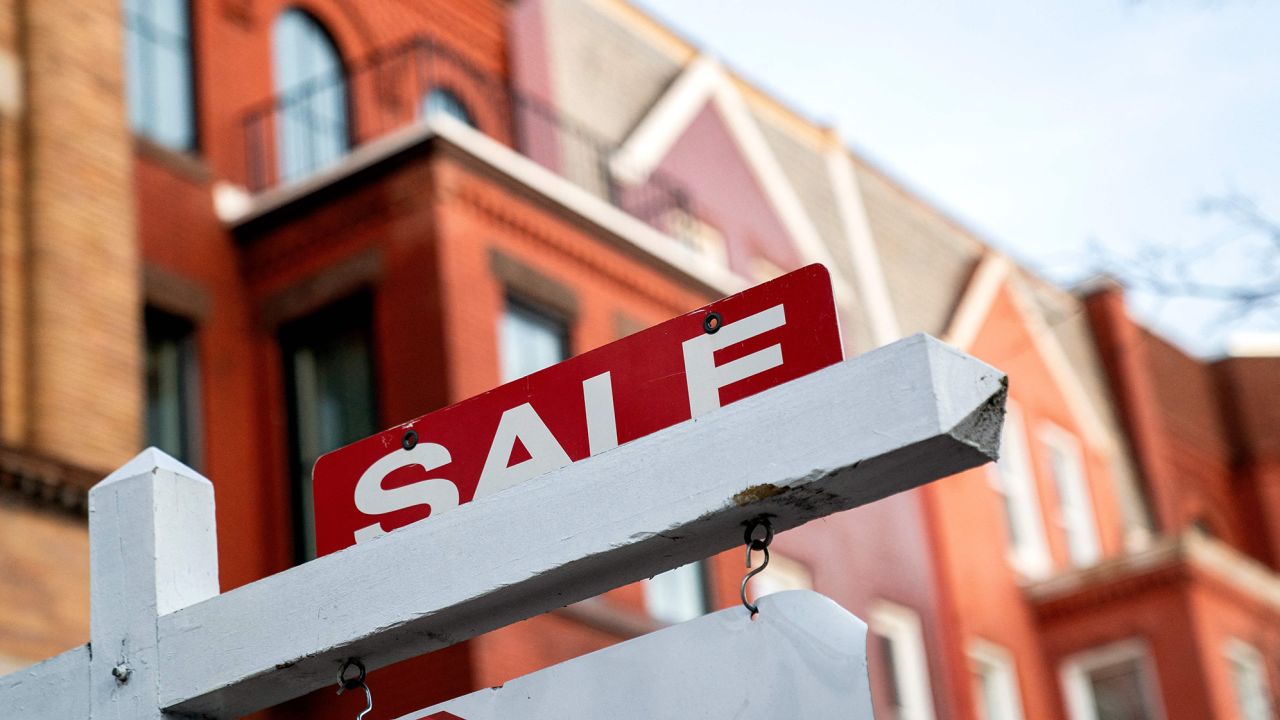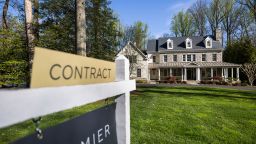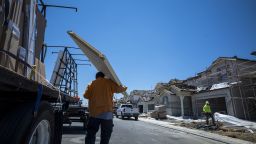Home sales declined for the sixth month in a row in July as higher mortgage rates and prices push prospective buyers out of the market.
Nevertheless, home prices continued to climb by double-digit percentages during the month. The median home price was $403,800 in July, up 10.8% from a year ago but slightly lower than the record high reached last month, according to a report from the National Association of Realtors. The price increase marks more than a decade of year-over-year monthly gains.
Meanwhile, sales of existing homes – which include single-family homes, townhomes, condominiums and co-ops – were down 20.2% from a year ago and down 5.9% from June.
Sales in July were at their weakest level since May 2020, which was an anomaly because that was amidst the pandemic lockdown. Setting that aside, sales last month were the weakest they have been since November 2015.
“The ongoing sales decline reflects the impact of the mortgage rate peak of 6% in early June,” said Lawrence Yun, NAR’s chief economist. “Home sales may soon stabilize since mortgage rates have fallen to near 5%, thereby giving an additional boost of purchasing power to home buyers.”
One reason home prices have climbed so high is a lack of supply. The number of homes on the market had been steadily dropping for three years. But July saw a monthly increase. The number of homes available for sale at the end of July was up 4.8% from June and about the same as a year ago.
“We’re witnessing a housing recession in terms of declining home sales and home building,” Yun said. “However, it’s not a recession in home prices. Inventory remains tight and prices continue to rise nationally with nearly 40% of homes still commanding the full list price.”
Sales down, but market remains strong
Many potential home buyers put their search on hold as mortgage rates climbed this spring and summer, said Danielle Hale, chief economist for Realtor.com.
First-time home buyers dropped to 29% of all buyers in July, down from 30% in June, according to NAR.
“Fortunately, mortgage rates have since eased from those peaks, but shoppers who saw the mortgage rate landscape shift so suddenly are likely to remember the experience and have one more reason to hold back on offering top dollar,” said Hale.
Home prices, meanwhile, continued to climb but at a slower pace, said Hale. As buyer demand slows, she said she expects the housing market to get back toward a more normal pace of activity.
Already, there are signs that competition to buy a home is starting to ease. In July, for-sale homes received an average of 2.8 offers compared to 4.5 offers per home a year ago, according to NAR.
The market is also starting to see price cuts. Home listings were nearly twice as likely to have had a price cut in July compared to one year ago, Hale said.
All geographic regions and all price ranges saw home sales drop. But even as sales slow and competition eases, homes are moving on and off the market at the fastest pace ever.
Homes were on the market only 14 days in July. A year ago, they stayed on the market for 17 days.
A well-priced home sells very quickly now, said Yun.
“It could be a residual effect from buyers being in a multiple-offer situation. They were outbid,” he said. “When they see a home come to market that is the right price, they want to move fast.”
Inventory flat as sellers hold back
The slowing market is also impacting homeowner’s eagerness to sell.
Some sellers, seeing prices being cut and mortgage rates remain elevated, are holding back on listing their home.
The number of newly listed homes shrank in July, according to Realtor.com
“This pullback from sellers could slow the speed at which the housing market rebalances, meaning that buyers looking for more bargaining power may need to be patient,” said Hale.
After growing year-over-year in June, housing inventory was flat in July, said Yun.
“We saw more inventory last month, but now we are not seeing that increase in inventory,” he said. “It could be a lock-in effect with homeowners. They have 3% interest rates now and if they want to give up their home, they will be facing higher mortgage rates. That may be preventing the increase in inventory.”
More inventory should help ease the price appreciation, said Yun.
At the current sales pace it would take 3.3 months to exhaust the current supply of homes.
“We need … four or five months to see price appreciation come back to more typical 5% appreciation.”


























